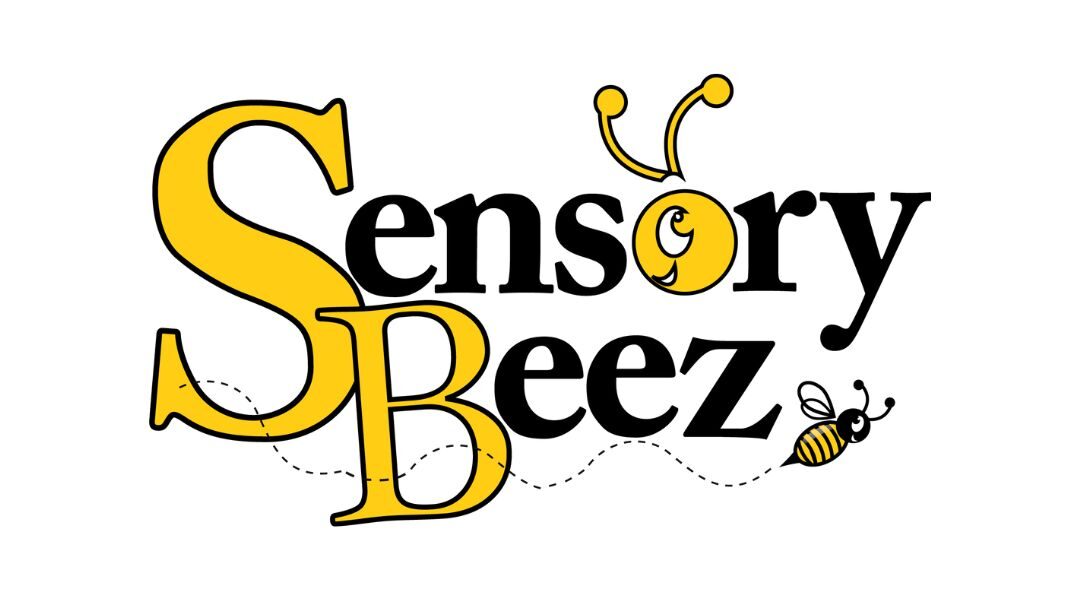Children with autism often experience the world in a way that can seem overwhelming, with heightened sensitivities to stimuli like sound, touch, and light. This can sometimes make everyday environments and activities feel overwhelming. Sensory lights for autism have emerged as a powerful tool in helping children with autism engage with their surroundings in a positive and calming way. If you have an autistic child, sensory lights are something to seriously consider incorporating into their daily life.
How Sensory Lights Help Autistic Children
One of the key benefits of sensory lights for autistic children is the way they help regulate sensory input. Many children on the autism spectrum have sensory processing issues, where the brain has difficulty interpreting and responding to information from the senses. This can result in overstimulation, which can lead to anxiety, meltdowns, or withdrawal.
Sensory lights offer a form of visual input that can be easily controlled. The calming colours and smooth transitions between light patterns can reduce sensory overload, helping the child focus and feel more at ease. When used in the right setting, sensory lights can create a space where an autistic child can retreat, relax, and re-centre themselves after being exposed to stressful or chaotic environments.
Benefits of Sensory Lights in Therapy
Many therapists and educators who work with children on the autism spectrum incorporate sensory lights into their sessions. These lights can help engage the child in a way that feels safe and enjoyable. For children who may have trouble communicating verbally, sensory lights offer a visual language that can help them express their feelings and interact with their environment.
Some children on the autism spectrum are non-verbal or have delayed speech development. Sensory lights can help improve their focus and attention span, making it easier for therapists to engage with them in other areas like speech or physical therapy. By providing visual stimuli that the child enjoys, the therapist can create a more effective learning environment.
Types of Sensory Lights
- Fibre Optic Lights: These lights are particularly appealing because they offer a soft glow and come in various colours. The light fibres can be touched and manipulated, offering both a visual and tactile experience.
LED Projector Lights: These lights project soft, colourful images onto walls and ceilings, transforming any room into a calming sensory environment. The images often move slowly, which helps to keep the child engaged without causing overstimulation




